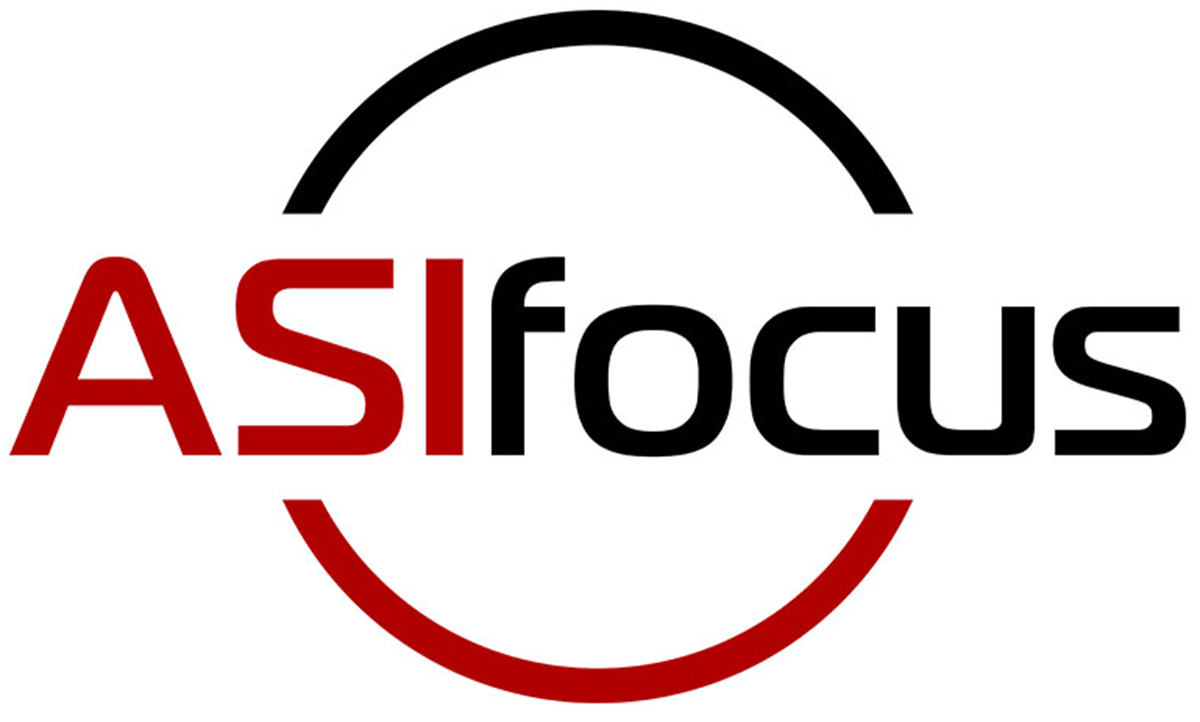Here are year end closing checklists for Sage 100 General Ledger, Accounts Receivable and Accounts Payable to help ensure that all tasks are processed and in the proper order.
Note: these modules all BEGIN with the following 2 steps:
- Backup your AR/AP/GL files and label them as “prior” to Year End processing.
- Make sure the AR/AP/GL system date is set to the last day of your fiscal year.
Accounts Receivable
- Ensure all invoices and cash receipts have been recorded for the current year.
- Apply finance charges to past due customers.
Note: If you answered “None” for “Finance Charge Computation Method” in A/R Set Up Options, then continue.
- Print statements for the appropriate customers.
Note: If you did not activate the “Customer Statements” option in A/R Set Up Options, continue to the next step.
- Select “Period End Processing” from the Period End menu, and choose the Full Period & YE Processing option.
- Select the reports you wish to print for the period. At minimum, we recommend Aged Invoice Report and A/R Trial Balance.
- Complete year end processing, backup AR files, and label them as “after” YE processing.
Accounts Payable
- Ensure all invoices and checks have been entered and updated for the current year.
- If your fiscal year coincides with the calendar year and your company issues 1099 Forms for vendors, then print, verify, and clear the 1099 Forms.
- Select “Period End Processing” from the Period End menu, and choose the Full Period & YE Processing option.
- Select the reports you wish to print for the period. At minimum, we recommend Aged Invoice Report, A/P Trial Balance, and Check History Report.
- Complete year end processing, backup AR files and label them as “after” YE processing.
General Ledger
- Make sure all activity and adjustments in modules integrated with General Ledger have been completed in the year to be closed. Note: Check the Module Closing Order article on page 3 of this newsletter.
- Print and update the Recurring Journals. Refer to the Recurring Journal section of the GL Manual.
- Print the General Ledger Worksheet and log all essential adjustments.
- Enter adjustments in General Journal Entry. This includes entries logged on the General Ledger Worksheet (above).
- Print and update the Daily Transaction Register.
Note: The system will not allow YE processing to continue until after this step is performed.
- Enter budget revisions through Budget Revision Entry and update the Budget Revision Register.
- Go to G/L Options, confirm proper settings for these fields:
- Auto Budget Option field is set to the option you want to create next years’ budget
- Number of Years to Retain in Transaction History
- Number of Years to Retain in Summary History
Note: Setting number of years to “1” will not retain history – 1 means current year only.
- Make sure the Balance Sheet is in balance.
- Print the General Ledger Analysis (not “required”)
- Update & print Custom Financial Reports (not “required”)
- Select, modify, and update the Allocation Journal.
- Select Period End Processing, and choose the Full Period End Processing option.
- Select the reports you wish to print for the period. At minimum, we recommend Trial Balance, Standard Financial Statements, and General Ledger Detail Report.
- Complete period end processing, backup general ledger files, and label them as “after” YE processing.
Get All the Checklists!
TIP: Year end checklists for all modules can be viewed onscreen from the Sage 100 Help section of your software. Please contact us with any questions you may have about this.
